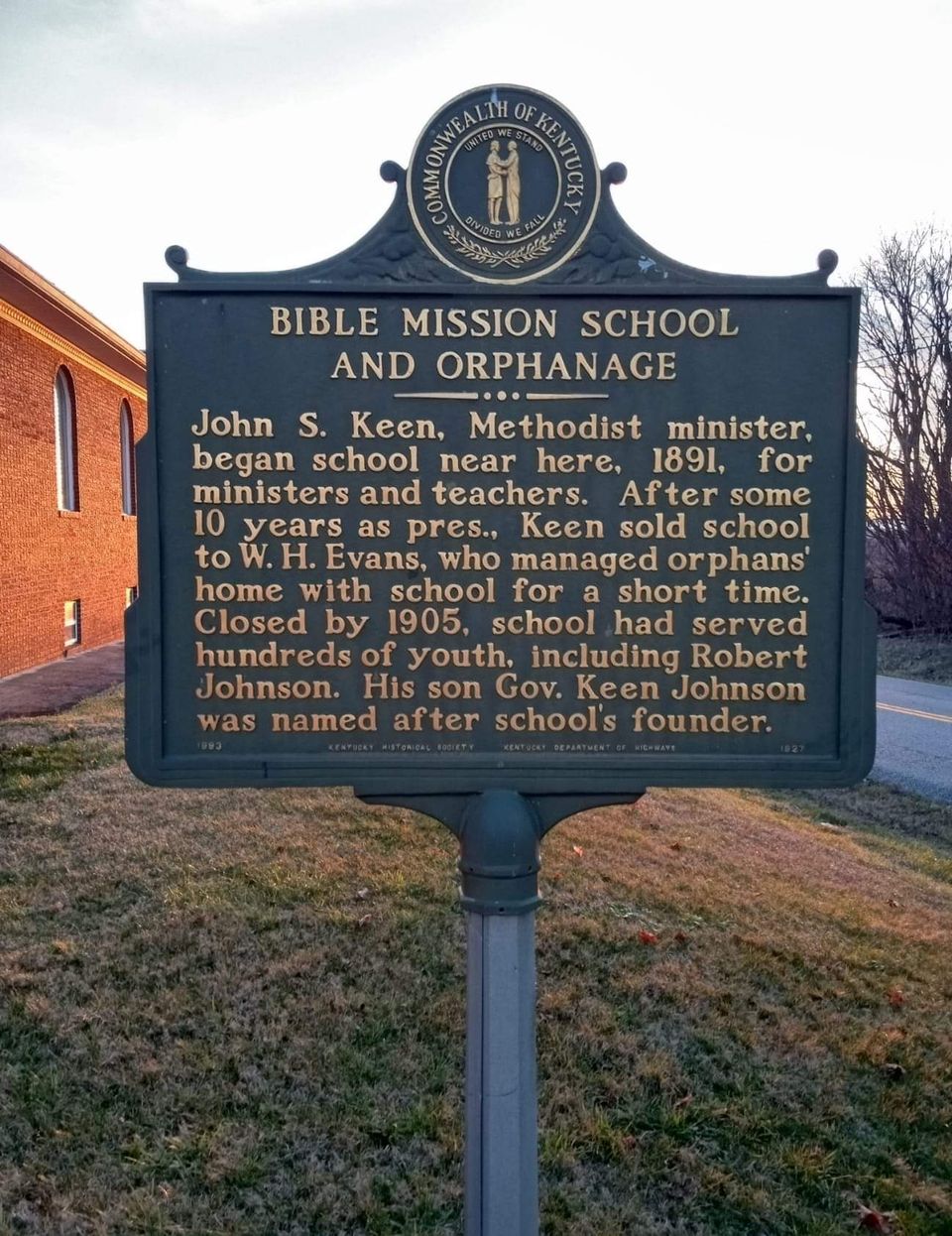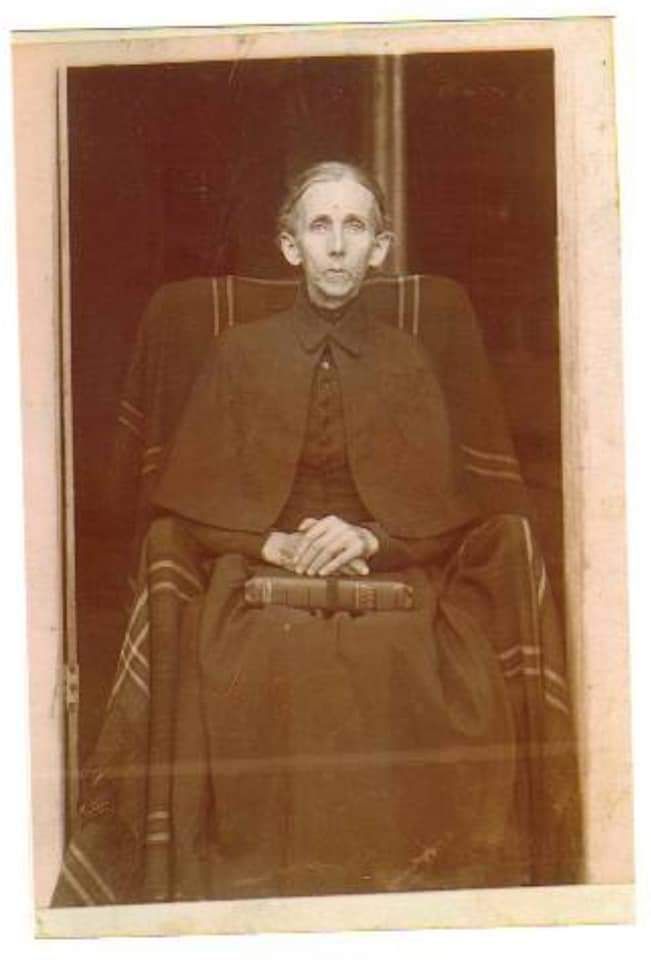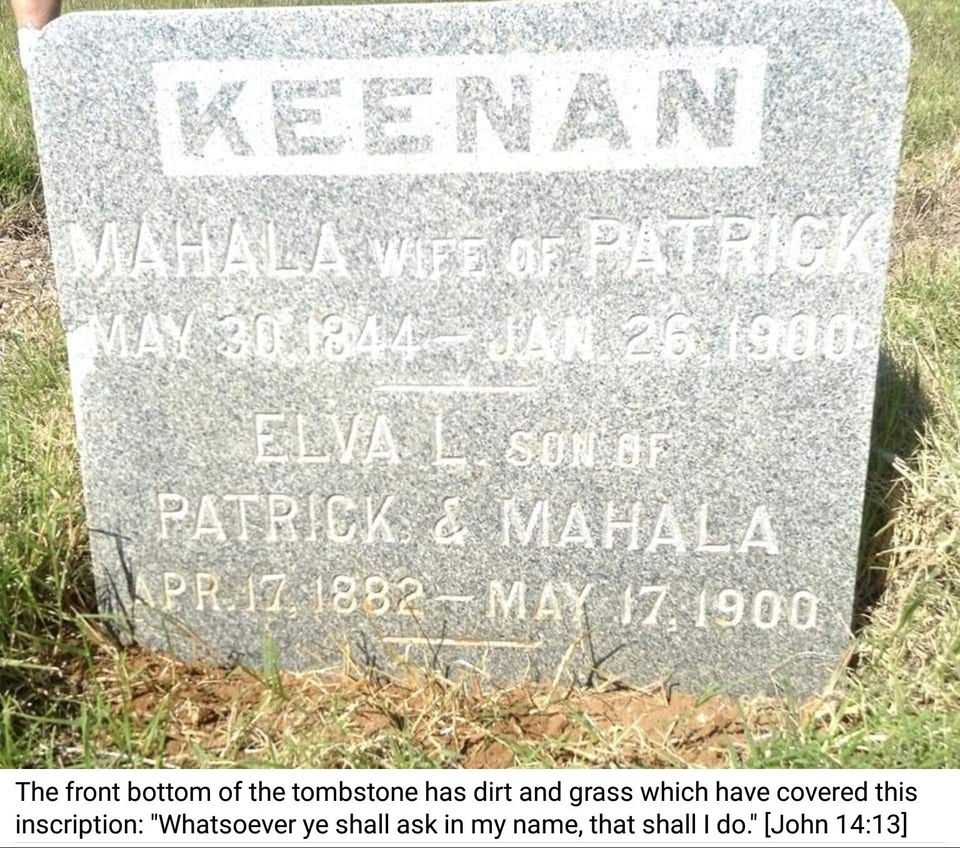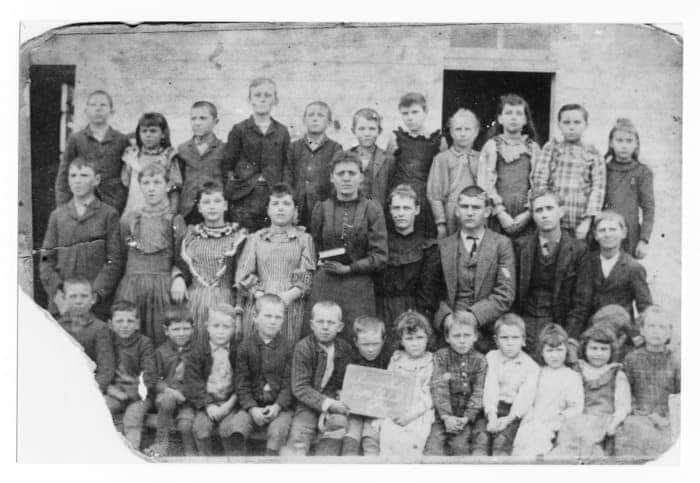by Barbara J. Wood

Bible Mission School and Orphanage
By Tim Talbott
In a Kentucky Historical Society article for Explore KY History, author Tim Talbott, my cousin, wrote that Wayne County native John Samson Keen received the call to preach while a young man and by age twenty was riding a large circuit in southcentral Kentucky. A few years later he received the call to start a school and the place was in the Highway community of Clinton County.
John and Hannah Keen's school grew so much that in 1890, they saw the need for a better building and room for more students. Money was raised from all over the country and in 1894 there was a new and better building. From that point on, Bible Mission School grew at an even more rapid pace. Students were coming in from all over the United States. By comparison, according to Kentucky Public Documents, Vol. 4 of the Kentucky General Assembly, during the 1896-97 school year, Albany High School, now in its tenth year, had 154 students and three teachers, while Bible Mission School, in its third year in the new building, had 187 students and nine teachers.
Around 1900, John S. Keen turned the school over to W. H. Evans and became a minister in Texas. By 1904, Evans had also left for Texas after enrollment at Bible Mission School had started to decline, probably for two main reasons: a health epidemic and a new school that had opened in Columbia,
Bible Mission School closed in 1905, but it would later be celebrated because of a few things, including Dr. Alexander B. Mackey, president of Trevecca Nazarene University in Nashville, and Rev. Robert Johnson, whose son, Keen was Kentucky's forty-fifth governor, were students there.
In 1954, Eula Gamblin Mackey, whose husband, William Hunt Mackey, was a relative of Dr. Mackey, wrote in The New Era newspaper that when the U.S. had 45 states and five territories, each state and territory was represented at the school at Highway.
She also wrote that camp meetings were held each spring and fall in two tabernacles that were located on the grounds and that four or five thousand people attended with singing, praying and shouting taking place all over the school grounds. "People prayed through and were sanctified. Highway [community] was a holy place," she said.
Get this...when the Board of Regents met to decide the location for Lindsey Wilson Junior College, Highway lacked one vote getting it. One vote. "At the time," Mackey wrote, "Highway already had the buildings and Columbia had to build them." Go figure.
A marker erected at Highway Cemetery, submitted by John and Mareeda Gibson in 2006, signifies that location as the burial ground of 25 to 30 orphans who died during an epidemic [probably typhoid fever and/or Tuberculosis] at the orphanage at Highway in the late 1890's. It states that eight of the orphans died in one week and that no names have been found.
It is known that Mahala Reed Keenan, a revivalist minister who rode a white donkey side saddle through the hills of Kentucky, singing and preaching as she traveled, moved to Highway in 1896, wanting her sons to be educated there. But, she soon became sick with tuberculosis and needed a healthier place to live and breathe. In 1899, she and her son, Elva, who had the same illness, undertook a wagon journey to Floresville, Texas, but Mahala died shortly after her arrival there. Elva died four months later.
*********************
COURTESY/ The Notorious Meddler
Historical Marker #1927 in the yard at Highway Church of the Nazarene tells about Bible Mission School and Orphanage that operated from 1891 to 1905 just past the church on Groce Gibson Road.



